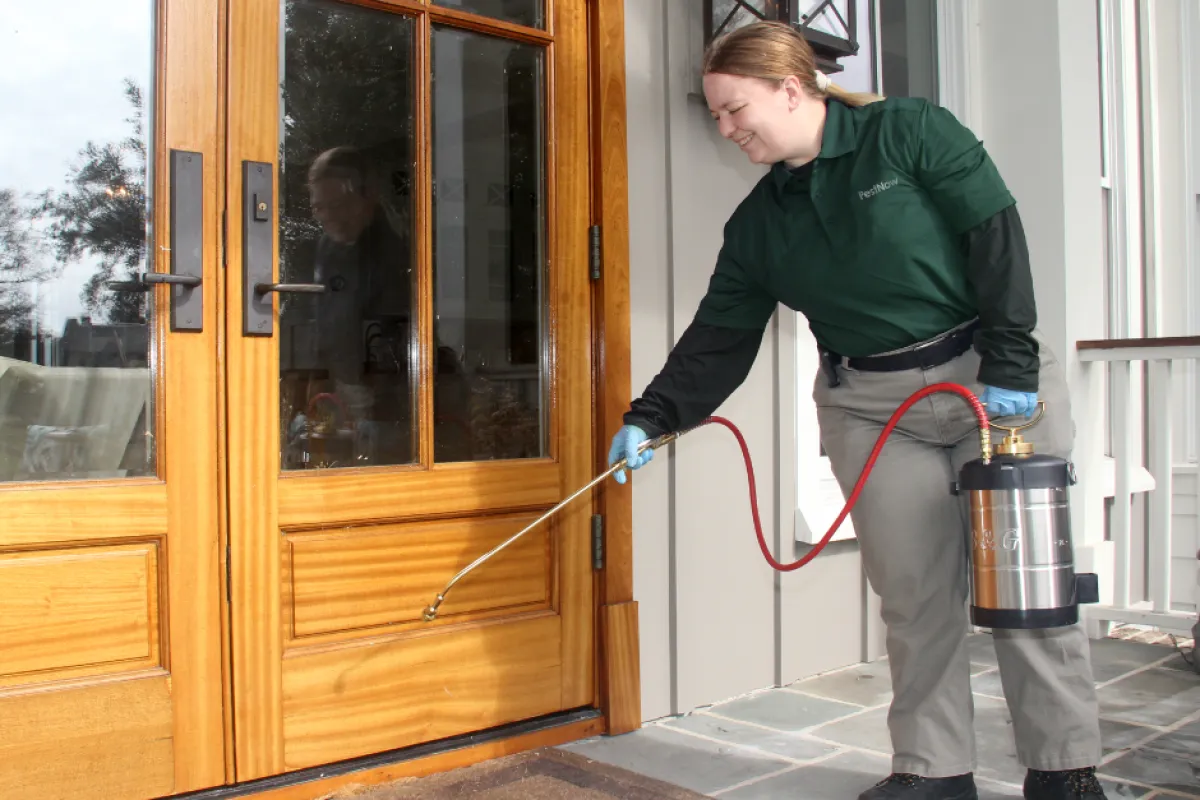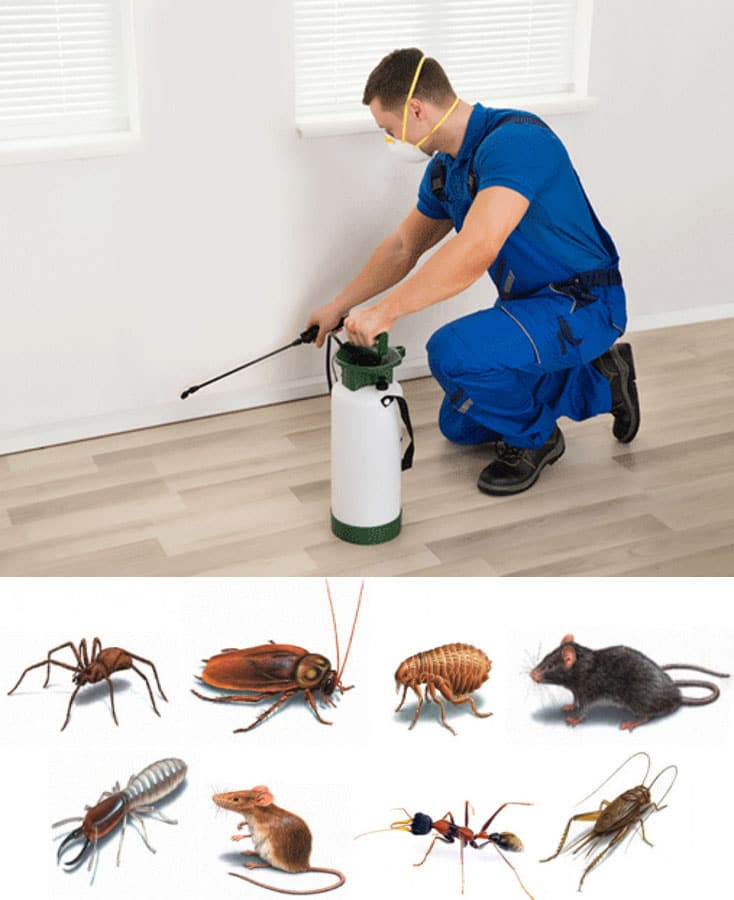Reliable Pest Control to keep your home pest-free all year long.
Eco-Friendly Pest Control Approaches for Handling Wild Animals in Urban Areas
Urban areas usually find themselves at the crossway of human task and wild animals, leading to distinct obstacles in pest monitoring. These methods not only safeguard the setting however additionally boost community involvement in wild animals administration. As city populations continue to expand, recognizing the characteristics of wild animals communications comes to be significantly important.
Comprehending Urban Wildlife Dynamics
Understanding Urban Wildlife Dynamics is crucial for establishing reliable and eco-friendly parasite control methods. Urban areas are progressively becoming environments for various wild animals species, driven by variables such as habitat fragmentation, food availability, and human encroachment. Acknowledging these dynamics permits a nuanced approach to pest administration that straightens with environmental principles.
Urban wildlife usually includes species such as raccoons, squirrels, and birds, which adjust to city atmospheres, locating particular niches in eco-friendly rooms, parks, and also houses. Their existence can lead to disputes with humans, specifically when they make use of personnels for food and sanctuary. Comprehending the habits and environmental roles of these types educates methods that decrease unfavorable communications while promoting biodiversity.
Moreover, acknowledging the interdependencies within urban communities assists in recognizing important areas for environment preservation and repair. This expertise adds to the development of integrated insect management (IPM) strategies that think about the eco-friendly balance, therefore decreasing dependence on hazardous chemicals. By fostering coexistence in between humans and metropolitan wild animals, cities can develop healthier atmospheres that profit both citizens and local communities, paving the means for lasting urban living.
Natural Repellents and Deterrents
Natural repellents and deterrents offer a lasting option to traditional bug control approaches by taking advantage of the power of nature to maintain unwanted species at bay. These environmentally friendly remedies usually use plant-based active ingredients, vital oils, and other naturally happening materials that prevent insects without damaging the atmosphere.
One effective all-natural repellent is peppermint oil, which is understood to drive away rodents and pests. Its strong fragrance is unpleasant to lots of parasites, making it a popular selection for city settings. In a similar way, vinegar and citrus peels can work as deterrents, as their solid smells are typically unappealing to numerous wild animals.
Additionally, diatomaceous earth is an all-natural powder that can be spread in locations vulnerable to pest activity, properly drying out and preventing bugs without positioning threats to non-target varieties. In addition, garlic sprays and neem oil are acknowledged for their capability to fend off a large range of parasites, consisting of both insects and larger wild animals.
Carrying out these all-natural repellents not only decreases dependence on chemical pesticides but also promotes a much healthier urban community, fostering a more balanced conjunction between human beings and wild animals. By utilizing these methods, city locations can properly handle parasite populations while decreasing environmental influence.
Habitat Adjustment Techniques
Effective environment adjustment methods play a critical role in sustainable insect monitoring by modifying the environment to make it much less helpful to pest infestations. By comprehending the ecological characteristics of city locations, homeowner can carry out strategic alterations that hinder parasites while advertising biodiversity.
(Ant Control)One key strategy entails keeping appropriate hygiene. This includes regular waste removal, securing trash can, and getting rid of standing water to lower reproducing websites for bugs and rats. Additionally, landscape design practices such as selecting native plants can enhance ecological balance, supplying habitats for valuable organisms while reducing sources for pests.
An additional essential method is to seal entry factors in buildings. Examining and fixing splits in structures, walls, and home windows can considerably decrease bug gain access to. Furthermore, producing physical obstacles, such as fencings or plant barriers, can inhibit wildlife movement into human-inhabited locations.
Integrated Pest Management Practices
Structure upon environment adjustment methods, integrated pest management (IPM) techniques provide an alternative approach to controlling bug populaces while minimizing ecological impact. IPM combines various methods, including organic, social, mechanical, and chemical controls, to accomplish efficient pest monitoring.
Organic control entails the intro of natural killers or parasites to decrease bug populations. Social methods, such as plant turning and cleanliness, interrupt pest life process and decrease their environments - Pest Control. Mechanical controls, like traps and barriers, provide instant alleviation from parasite stress without chemical intervention
Chemical controls are made use of as a last resort, concentrating on targeted applications that restrict injury to non-target varieties and the atmosphere. The selection of eco-friendly pesticides, when needed, is integral to the IPM structure. Additionally, keeping an eye on parasite populations and analyzing possible damage aids educate decision-making, making certain that interventions are prompt and effective.
Community Involvement and Education

(Rodent control Port Charlotte)Workshops and informative sessions can gear up homeowners with understanding regarding native species, environment preservation, and efficient safe pest management methods. Collaboration with colleges, regional companies, and federal government firms additionally boosts academic outreach, making sure that crucial info reaches varied target markets.
Furthermore, community-led efforts, such as area clean-up days and environment remediation tasks, not just advertise biodiversity however additionally strengthen community ties. Pest control service. By encouraging residents to share their experiences and monitorings, neighborhoods can develop targeted techniques that address particular neighborhood pest problems
Integrating responses from homeowners into insect management intends enables a much more responsive and adaptive strategy to wild animals difficulties. Ultimately, educated and involved areas are essential to accomplishing lasting success in eco-friendly parasite control, causing much healthier metropolitan settings that value both human and ecological demands.

Conclusion
In conclusion, green parasite control approaches deal lasting options for managing metropolitan wildlife. By focusing on environment modification, making use of natural repellents, and carrying out integrated pest monitoring practices, areas can promote an unified conjunction with neighborhood official site animals.